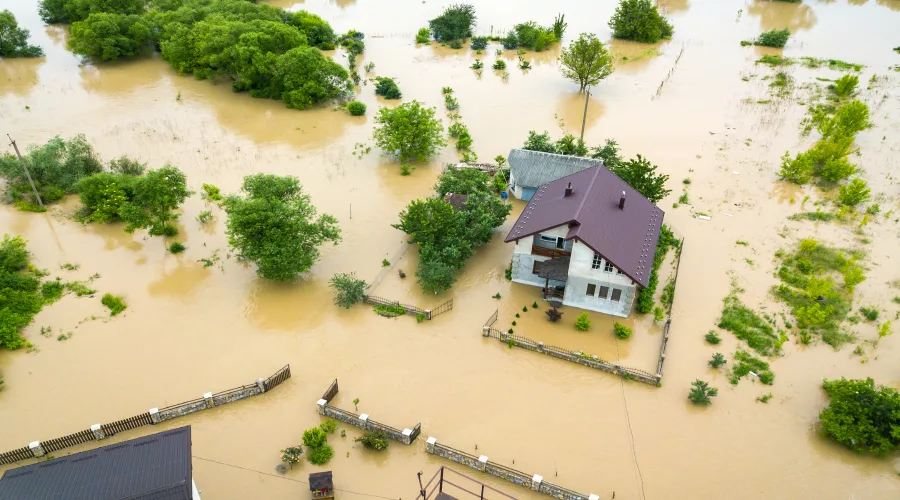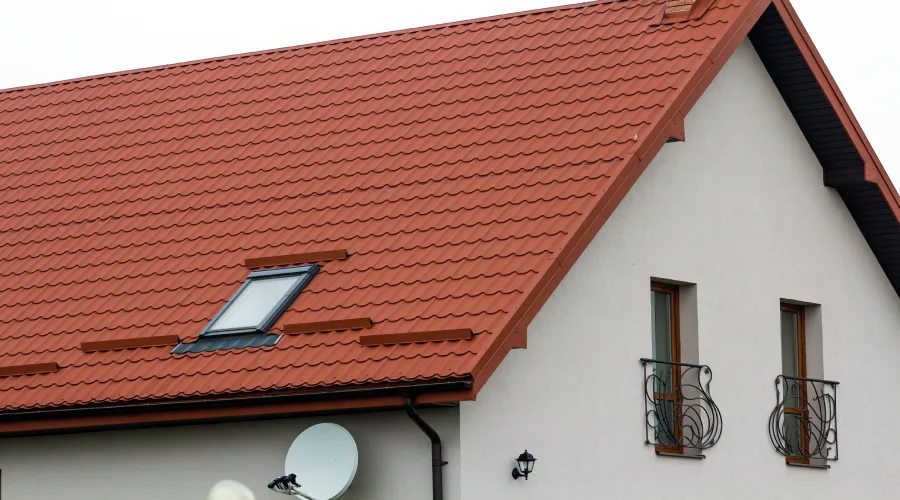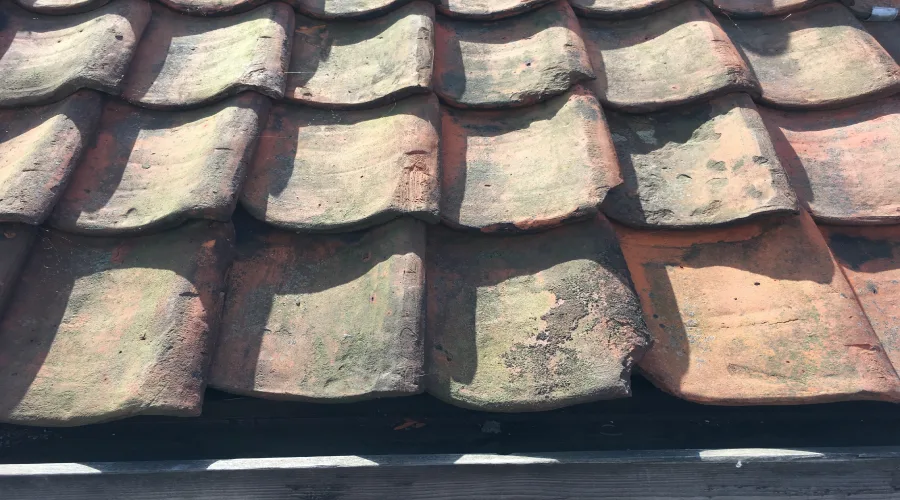Water is all-encompassing. In fact, it occupies 71 percent of Earth's surface. It's no wonder that water can get into the homes of homeowners. Any flooding event can cause serious damage to your property if not repaired. Below are five kinds of flooding that can damage homes. But don't delay. Basement Flood Cleanup advises you to immediately take action to clean up the water and repair the damages caused by blocked drains, defective sump pumps, or blocked gutters. The oceans hold 96.5 percent of the earth's water. The lakes and rivers also hold large amounts of water. When you look up, the water is seen in the form of water in the form of vapor. In colder regions, it remains frozen on glaciers and ice caps. The water also flows through homes through indoor plumbing.
The water from any of these sources may get into homes uninvited, and cause water damage. The severity and nature of the damage are dependent on the particular nature of the flooding. Knowing the various types of flooding will help homeowners prepare for natural disasters and protect their property.
Flood-related tips following flood damage or other catastrophes.
Coastal Flooding:
The majority of the water on earth is situated in oceans. The effects of coastal flooding can have a severe effect on coastal homes, due to their close proximity to the ocean. The ocean's water flows inland through waves or storm surges, tides, or even heavy rain.
Like Ceiling, leaks are a problem with plumbing that can be identified by peeling or blistered paint, water dripping, and discoloration of your ceiling. and when you face high-quality damages like a flood So, flood water is not good for you. Take the service of Roof Damage Repair in Anchorage. Experts will save your home from damage. and then A leaky ceiling is an indication of another issue with your home's plumbing system or your roof. As a result of climate change, the threat of coastal flooding is expected to increase. Sea levels are increasing as a result of rising temperatures due to climate change. The number of coastal floods is increasing, and their effects are worsening--essentially lasting longer and extending further inland.
River Flooding:
The levels of water in lakes, rivers, or streams may increase, causing water to flow over the banks and into the land adjacent to it. In excess, snowmelt or rain can cause river flooding. There are a variety of factors that determine the severity of flooding in the river such as the intensity and length of the rain.
Flooding in rivers can cause dams or dike to break. The rupture of a dam could result in significant property destruction to businesses and homes located in the vicinity. Luckily, most floods caused by rivers are predetermined, which allows residents the opportunity to leave in a safe manner.
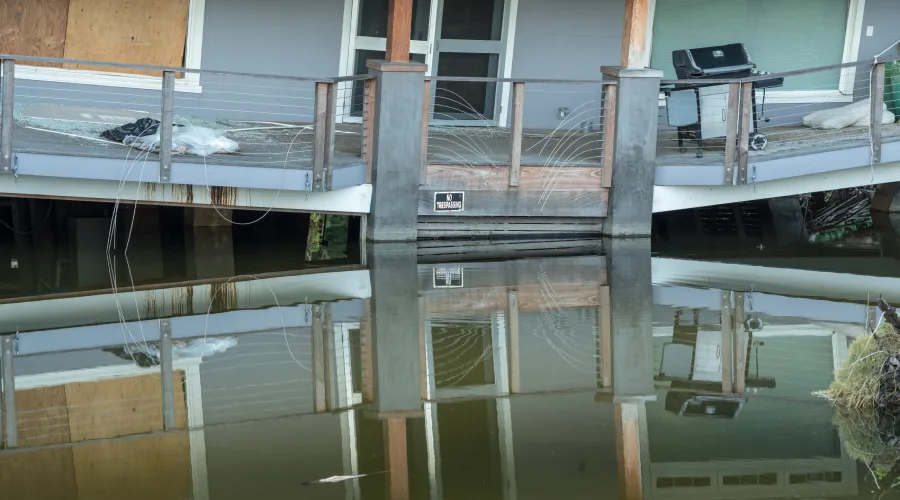
Flash Flooding:
Flash floods are preceded by significant events like severe storms or tropical storms or even mudslides, and levees that are broken or damaged. The flooding accelerates within the first six hours following these incidents. Certain environmental conditions affect the intensity of flash floods.
With less soil available to absorb the water that a flash flood can bring the urban zones are vulnerable to major damage. Similar to regions that are afflicted by drought are more at risk of flash flooding as the soil that is dry is not able to absorb water quickly and causes flooding in low-lying regions.
The Flooding Of Groundwater:
A significant amount of rainfall can trigger groundwater flooding. This is when water runs into the streets and into buildings in the vicinity. Urban and rural regions are equally vulnerable to flooding from groundwater. Contrary to flooding from rivers groundwater flooding, is a slow-moving process that can occur days, weeks or even months after the heavy rain.
Although flooding from groundwater occurs gradually the devastating effects may be felt for months or even weeks. Fortunately, the slow pace that groundwater floods occur allows homeowners to relocate their belongings to a higher, more secure, and dry location.
Sewage Flooding:
Treatment plants and sewage systems can be overwhelmed by rain and causing breakdown and resulting in wastewater that is not treated being released into the water bodies. Sewage water could leak out of the pipes, and flow up through the showers, sinks, and toilets.
Cracks in the basement can let sewer water enter. The plumbing systems not maintained can break and release sewage onto the property. Outside of the home tree roots could cause problems for your sewer lines which can block them and stop water from reaching the intended destination.
Flooding is a serious catastrophe for homeowners across the United States. All it takes is one inch of water to cause $25,000 of damage to the property. Certain kinds of flooding, particularly caused by nature, can't be avoided. However, homeowners can limit the damages.
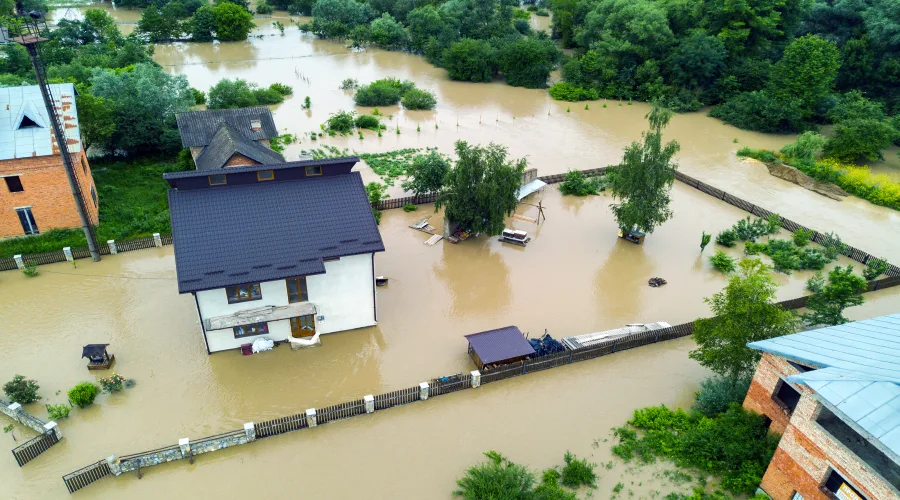
Homeowners need to know their Base Flood Elevation (BFE) which is the level at which water is likely to rise in flood zones at risk. The appliances, like the water heater and electrical systems as well as furnaces and other utilities to a minimum of 12 inches higher than the BFE.
Replace carpets with tiles, which are more resistant to flooding than carpeting. The basement should be waterproofed with a sump pump as well as covering the wall with waterproofing substances is also recommended. Installing drywall and insulation that is flood resistant can help limit the damage caused by flooding.
Builders should consider installing flood vents within enclosed areas like the garage or foundation walls. Vents let water move through and out which reduces the severity of the damage. Consider installing an aerator valve for your sewer to avoid sewage backup catastrophes.
Water Damage At The Home
The damage caused by flooding can negatively impact the structure of your home. Swelling, wood rot, and warping, along with the growth of mold, are undesirable results of flooding. Make sure you avoid severe water damage by talking to a restoration expert.
A local company for water damage restoration can restore your water-damaged property or business back to its state prior to loss quickly. Technicians are licensed and trained to restore water-damaged buildings quickly, so you can get back to your daily living as soon as you are able.
The process of cleaning begins with a thorough assessment of the damage caused by water. Expertly trained crews remove all excess moisture with the help of advanced technology for water removal. Anti-microbial solutions are applied to protect the structure. The building is then dried using strong air movers and dehumidifiers.
Restoration experts provide complete cleanup and water damage services which include replacement of drywall carpet drying, carpet drying as well as mold removal and deodorization. Content cleaning and packing out our services for property owners. They also provide emergency services for board-up and trash removal when required.


